National Trust Awards $1 Million in Grants to Help Preserve African American History
2018 African American Cultural Heritage Action Fund Grant Recipients
On July 6, 2018, the National Trust announced its first class of grant award recipients in conjunction with the newly established African American Cultural Heritage Action Fund at a gathering of hundreds of thousands of people at the annual Essence Festival in New Orleans.
The Action Fund is a $25 million multi-year national initiative aimed at uplifting the largely overlooked contributions of African Americans by protecting and restoring African American historic sites and uncovering hidden stories of African Americans connected to historic sites across the nation. As part of this mission, the National Trust’s Action Fund awarded a total of more than $1 million in grants to support grassroots efforts to preserve sites across the country.
Grants were given across four categories: capacity building, project planning, capital, and programming and interpretation. See the full list of grant recipients below.
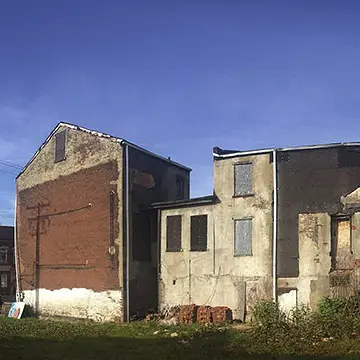
August Wilson House
Daisy Wilson Artists Community, Inc.
Pittsburgh, Pennsylvania. The August Wilson House was the childhood home of Pulitzer Prize-winning playwright August Wilson, who is known for depicting the 20th-century African American experience through his work. Although the house is currently empty, programming actively occurs around it, from performances to celebrations of Wilson’s life and work.

African American Homesteader Sites
University of Nebraska Center for Great Plains Studies
New Mexico, Colorado, Nebraska, Kansas, and South Dakota. Located across the Great Plains, these six communities, built through use of the Homestead Act, were places of black struggle, hardship, endurance, joy, and triumph. At each site, African Americans sought safety and found economic opportunity, created a vital community, and educated their children to lead lives of accomplishment and personal fulfillment.
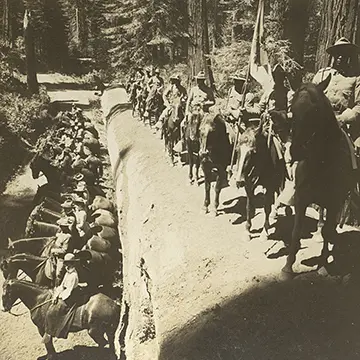
Buffalo Soldiers at Yosemite
Yosemite National Park
Yosemite, California. Between 1891 and 1913, approximately 500 Buffalo Soldiers, the legendary African American cavalry units who served throughout the West, served in Yosemite National Park as well as nearby Sequoia National Park.
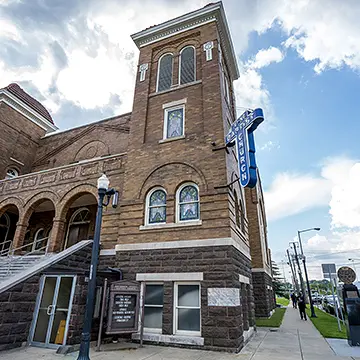
Civil Rights Sites of Birmingham
City of Birmingham
Birmingham, Alabama. These sites, including the 16th Street Baptist Church, Bethel Baptist Church, and Colored Masonic Temple, are places where Rev. Shuttlesworth, Dr. Martin Luther King Jr., Rev. Ralph Abernathy, and Foot Soldiers broke the back of segregation and changed the world.

Freedom House Museum and Virginia National Urban League Headquarters
Office of Historic Alexandria & Northern Virginia Urban League
Alexandria, Virginia. Located in the basement level of one of the largest and most infamous slave trading operations in the world, this museum tells the story of the Virginia slave trade. The building is now owned by the Virginia National Urban League.
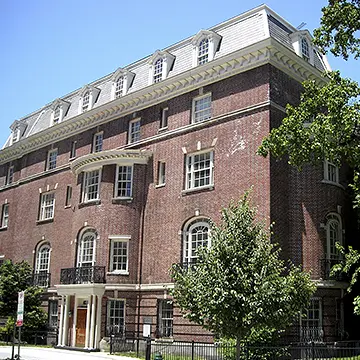
The Grand Old Lady
National Association of Colored Women's Club, Inc. and Youth Affiliates
Washington, D.C. Purchased in 1954 by the National Association of Colored Women's Clubs Inc. (NACWC), The Grand Old Lady is the first permanent location of the NACWC, where it continues as the home for its administrative offices and historic documents and artifacts as well as a space for special events and meeting space for the D.C. club. The NACWC, founded by Josephine St. Pierre Ruffin, Mary Church Terrell, Harriet Tubman, and others, is seen by many as the founding organization for the black preservation movement, when in 1917 they appealed to citizens of Washington, D.C. to save Cedar Hill, the home of abolitionist Frederick Douglass.
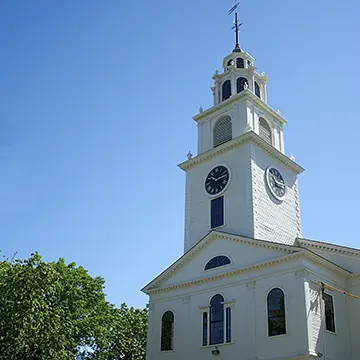
Historic Roxbury
Roxbury Cultural District
Boston, Massachusetts. Roxbury’s historic places and landscape hold a rich history of the neighborhood’s 20th- and 21st-century African American cultural heritage, including strong ties to both jazz and civil rights history. The neighborhood contains significant sites including Dudley Station, 1767 Milestone, Hibernian Hall, Dillaway-Thomas House, and Eliot Burying Ground.
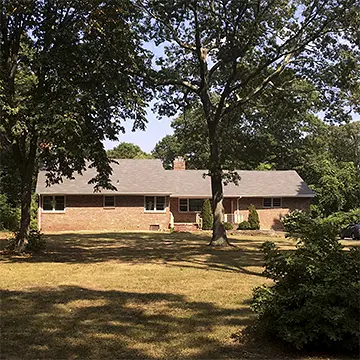
John and Alice Coltrane Home
Friends of the Coltrane Home
Huntington, New York. The former home of one of the most acclaimed and influential American jazz artists, saxophonist John Coltrane, and his wife Alice, a much-admired jazz musician in her own right, the house is a modest 1952 ranch-style house in the Dix Hills section of Huntington, New York, where Coltrane wrote his iconic masterpiece A Love Supreme.
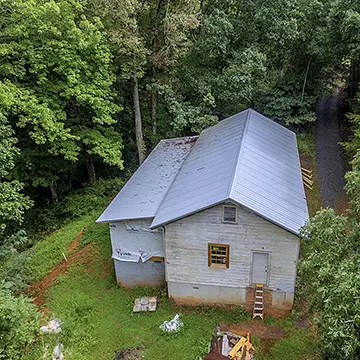
Mars Hill Anderson Rosenwald School
The Madison County Education Foundation and Historic Anderson Rosenwald Rehabilitation Project
Marshall, North Carolina. In 1928, this two-room school building was constructed with the assistance of Rosenwald funds. The Mars Hill Anderson Rosenwald School is an example of the historic Rosenwald schools program, recognized as one of the most important partnerships to advance African American education in the early 20th century.
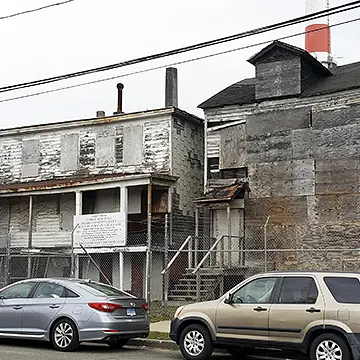
Mary and Eliza Freeman Houses
Connecticut Trust for Historic Preservation/Mary and Eliza Freeman Center
Bridgeport, Connecticut. Widely considered the oldest houses built by African Americans in Connecticut, the Freeman Houses help to tell the unique story of the free black community in the North prior to the Civil War. The houses have been vacant for many years and are badly deteriorating.

Mountain View Black Officers Club
Dunbar Coalition, Inc.
Fort Huachuca, Arizona. Completed in 1942, now vacant, the Mountain View Officers’ Club is one of only two documented World War II-era African American officers’ clubs in the U.S. Army. As one of the last-remaining structures of its kind in the United States, it remains central to understanding both the complex history of the African American military experience and large-scale war mobilization efforts.

Shockoe Bottom
Preservation Virginia
Richmond, Virginia. A national center of the U.S slave trade in the 19th century, Shockoe Bottom was home to a collection of auction houses, offices, slave jails, and residences of the prominent slave traders. Today, much of that history has since been razed and paved over, its archaeological resources largely unexcavated, making Shockoe Bottom an internationally significant opportunity for interpretation as a Site of Conscience.

South Side Community Art Center
South Side Community Art Center
Chicago, Illinois. South Side Community Art Center, a groundbreaking cultural institution in the South Side of Chicago, was instrumental in launching the careers of many nationally known African American artists at a time when few art galleries would show African American work. More than just a gallery, the center provided a place for artists to teach and learn.

Tuskegee University Rosenwald School Program
Tuskegee University Department of Architecture
Tuskegee, Alabama. In 1881, Hampton Institute graduate and a former slave, Booker T. Washington, was assigned the role of establishing a school, without land, faculty or students. From its humble beginnings in one room near Butler Chapel AME Zion Church in Tuskegee, Alabama, Tuskegee University's campus was built into a world-renowned institution. Tuskegee University is working to teach preservation trades to a new generation, continuing the legacy of Booker T. Washington, and creating a new generation of black architects and preservationists.

Weeksville's Hunterfly Row Houses
Society for the Preservation of Weeksville and Bedford Stuyvesant History
Brooklyn, New York. Weeksville, one of the first villages settled by free African Americans, was founded by James Weeks, an African American longshoreman and former slave, who purchased the land in the 1830s. Over 500 people lived in the community, which had its own churches, schools, and businesses.

Wilfandel Clubhouse
Wilfandel Club, Inc.
Los Angeles, California. The oldest African American women's club in Los Angeles, The Wilfandel Club was founded in 1945 by black women in response to segregation that limited access to public facilities. Along with 50 friends, Fannie Williams and Della Williams, wife of architect Paul Williams, raised funds to buy a site that offered all races an affordable venue for various gatherings.


